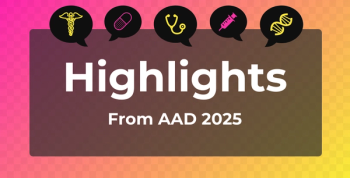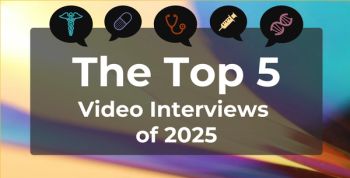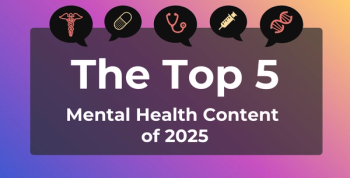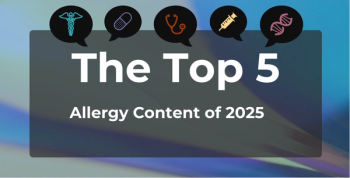
In Study From China, Snoring Linked to Prediabetes at Lower Cholesterol Levels
Other studies have examined the link between snoring and diabetes. The lack of oxygen in snoring leads to increased insulin resistance, researchers believe.
Snoring has been associated with an increased risk of diabetes, but is it always a bad sign?
A study from China finds that snoring is most strongly associated with prediabetes for those whose total cholesterol has not reached elevated levels, which could serve as a warning.
The link between snoring and diabetes has been examined previously. A
Researchers reporting in the upcoming issue of the Chinese Medical Journal evaluated 13,592 participants from 3 large communities in Beijing from December 2011 to August 2012. Participants completed detailed questionnaires, went through a series of measurements, and gave blood samples; those who did not have diagnosed diabetes took an oral glucose test. Blood glucose and blood fat levels were measured.
Of the group cleared for the final analysis, 66.6% of the participants were female, with a mean age of 56.8 years and a mean body mass index (BMI) of 25.5 kg/m2, which is just above the level considered overweight by CDC standards. From this group, 30.9% were diagnosed with prediabetes, 41.3% reported occasional snoring, and 25.4% reported habitual snoring.
P
Habitual snoring was associated with an increased risk of prediabetes (odds ratio [OR], 1.3; 95% CI, 1.1-1.4; P < .001), as well as isolated impaired fasting glucose and isolated impaired glucose tolerance. When the participants were stratified based on total cholesterol levels, the link between habitual snoring and prediabetes was seen only in those whose total cholesterol was less than 5.6 mmol/L (OR 1.4; 95% CI, 1.2-1.6; < .001).
Total cholesterol is a combination of low-density lipoprotein or “bad” cholesterol and high-density lipoprotein or “good” cholesterol. According to the Mayo Clinic, total cholesterol of 5.6 mmol/L would fall at the lower end of a range considered “borderline high,” wihich is 5.2-6.2 mmol/L.
The authors state that more work is needed to confirm and understand their findings.
Reference
Wang HB, Yan WH, Dou JT, Lu ZH, Wang BA, Mu YM. Association between self-reported snoring and prediabetes among adults age 40 years and older without diabetes. Chin Med J. 2017; 130(7):791-797. doi: 10.4103/0366-6999.202741.
Newsletter
Stay ahead of policy, cost, and value—subscribe to AJMC for expert insights at the intersection of clinical care and health economics.







































